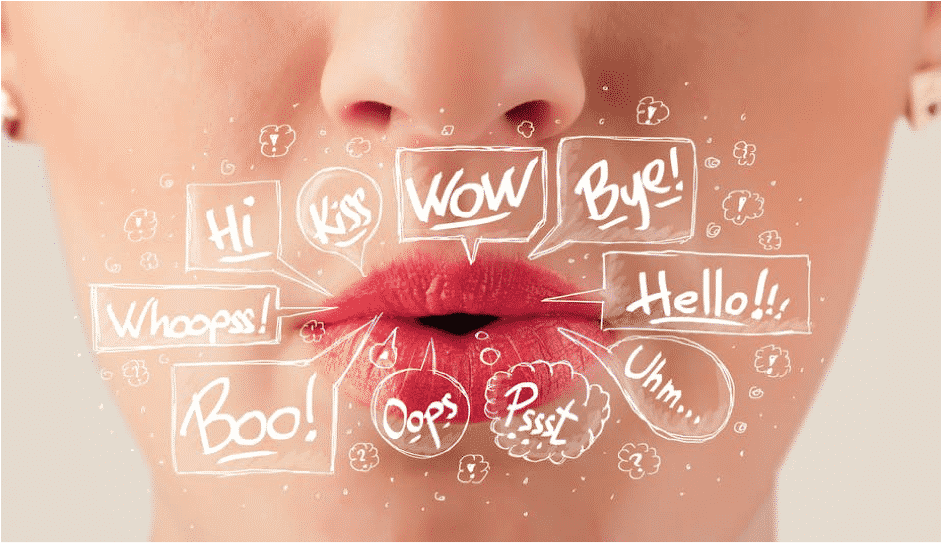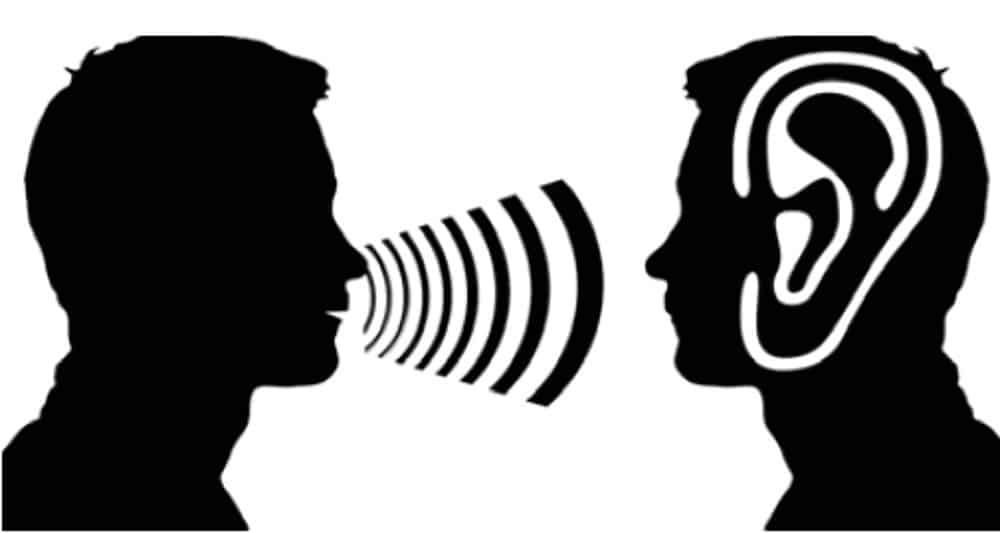
Read My Lips
Dear Avalon family,
Have you ever said, “Oh, I can’t read lips.”? I must have heard this comment over a thousand times from Avalon clients. You may even be one of those people who have made this declaration.
Or maybe, you have never really given it any thought.
In today’s Take Heart on Tuesdays, we’re going to bring attention and awareness to how much we rely on our eyesight to help us communicate effectively. The act of receiving communication could be defined as listening but when we think of listening, most of us think about our ears and hearing. Remember, we hear with our ears but we listen with our brain!
Listening is complicated
Did you know that only 7% of what is actually communicated to us is in the words we hear? Yes, you read that correctly. Only 7%!

The other 93% of communication is conveyed through the intonation of the voice, body language, and visual cues such as lip reading and facial expressions. All of this messaging gets delivered to your brain which runs it through all of our preconceived ideas, thinking patterns, and beliefs. Finally, the brain concludes what is being communicated to you. Phew! And we do this all day long, throughout our waking hours. No wonder, some of us periodically check out.
Over the next few weeks, I’m going to offer information about important aspects of listening and communication. My intention is to give you some practices to apply to your life, thereby sharpening the tools you already use for listening and communicating.

Let’s start with the basics
Years ago, if you were diagnosed with a hearing loss, it was often recommended that you take a LIP-READING course. The problem was that there were very few places that offered this service and these places focused too much on the lips, often referred to as the ‘third ear’.
Why so many people say that they can’t lip read
Many phonemes or speech sounds in the English language are produced within the mouth and throat and cannot be seen. Because there are about three times as many phonemes (ie. P, B, D, T) as visemes (speech sounds that can be seen such as A and O), it is often claimed that only 30% of speech can be lip read. That just may justify why a person says that they can’t lip-read!

And then, there’s the McGurk Effect that makes it even more complex…and intriguing
I’m introducing you to the McGurk effect as a kind of reverse psychology. My hope is that you will experience just how powerful it is to use your eyes to help you hear and listen.
The McGurk effect is a perceptual phenomenon that demonstrates the interaction between hearing and vision in speech perception. The McGurk effect can be defined as a categorical change in auditory perception induced by incongruent visual speech, resulting in a single percept of hearing something other than what the voice is saying. What???
Check out this two-minute video
Although the sound remains the same throughout the video (BA is the sound), when watching the different lip movements, you should experience an illusory change in the sound. Then, watch it again. Close your eyes when the man’s lips are conveying FA. It’s quite mind-blowing!
Your eyes play an important part in what you hear
The next time you get annoyed with your hearing, your hearing aids, or the person talking to you, remember to lean in and watch the person’s face. Read their lips. It will help, and you’ll reduce your and their frustration. Be sure to share this email with your loved ones so they can get how important it is to face one another when you talk! And good luck!
In the meantime, be sure that you are hearing the best you can. Call (916) 235-9771 to make an appointment for your complimentary EDUCATIONAL Hearing Test and FAMILY Consultation so that we can determine how to get you hearing the best you can for life.

P.S. In today’s online world, you could download a lip-reading app or check out www.hearinglink.org for more information on lip reading. The more severe your hearing loss, the more important it is to use the visual cues of lip reading.

